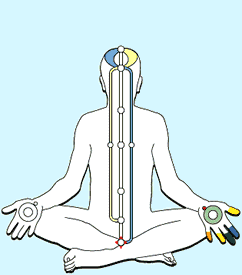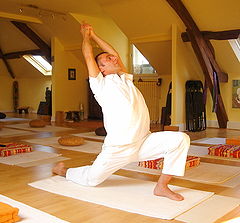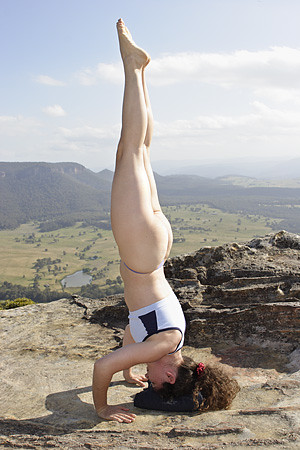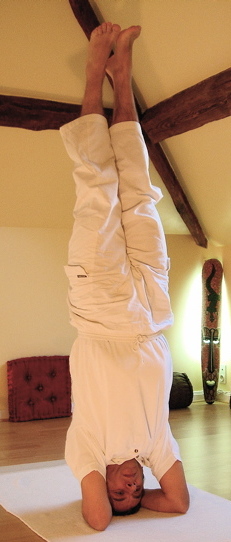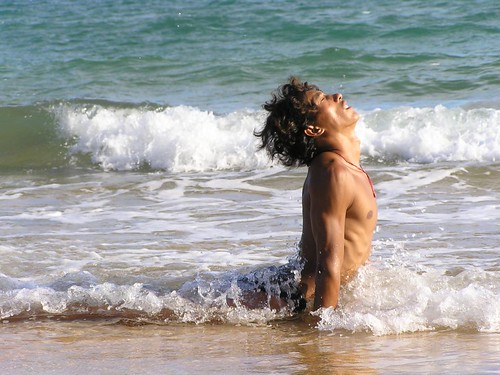Theme: Learn Doing Yoga Excersices, How to do the different postures of Yoga, Doing Various Yoga Asanas.
Forward Bending Posture.
The very purpose of doing Yoga Posture is to create energy in our body. After creating new energy, there comes the question of balancing that energy. The regular practitioner of Yogasana would think that in what sequesce these postures are to be done.
Here the important concept is how to maintain the balance of the energy created. In every asana or posture, there is a visible process in which our spine and the body moves either in one or another direction, either in forward or backward direction. If one part twists right, eventually one needs to twist left. Again, a process of maintaining balanced energy and space throughout is vital. There are some asanas, which contains countering effects, balancing the floel of energy.
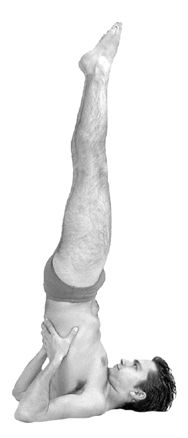 Look at the following example: Shoulder Stand Pose, the Sarvangasana, is followed by Fish Pose, the Matyasana. It counterbalances the effects of the first posture. We can see many examples of asanas, which are to be followed by other counterbalancing asanas. For the detail, we have to ask the trainer.
Look at the following example: Shoulder Stand Pose, the Sarvangasana, is followed by Fish Pose, the Matyasana. It counterbalances the effects of the first posture. We can see many examples of asanas, which are to be followed by other counterbalancing asanas. For the detail, we have to ask the trainer. There are some defined set of postures. These sets are like a garland of a flower, coming one after another. There were several ancients schools, too, who had devised these Yoga Postures in their counterbalancing sequence. Some postures are targeted to benefit certain parts of our body, like the muscles, the joints, and the deposited fat. So all the postures in that series would be providing more and more exercises to a particular limb for a period. And thereafter there would come the counterbalancing postures.
It is advisable to ask the trainer or an experienced person to know about the sequence of the postures. It depends, and varies too, on the type of asanas a person practices. (Image courtesy Wikimedia Commons )

 10:55 PM
10:55 PM
 abhi
abhi


